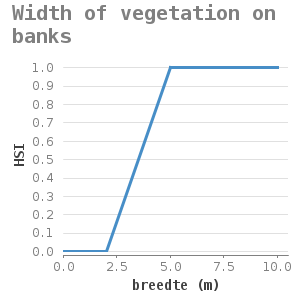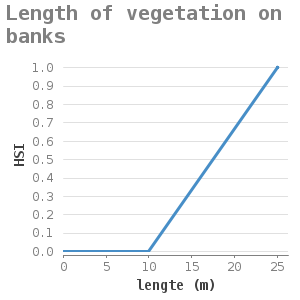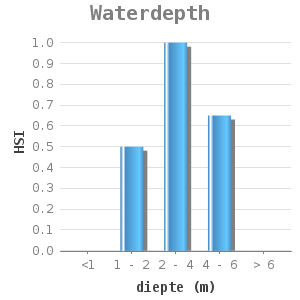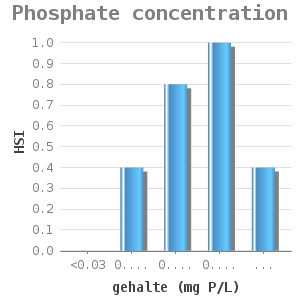General characteristics
General characteristics |
|
|---|---|
Common name |
Tufted duck - Aythya fuligula |
Region |
The Netherlands |
Water system |
Lakes |
Nature parameter |
Birds |
HR no |
A061 |
Factsheet made by |
K.E. van de Wolfshaar |
|
Foto: K.E. van de Wolfshaar |
Description habitat
Occurrence
The tufted duck prefers fresh and shallow waters. It is rarely seen at open sea or salt water. The tufted ducht does, however, occur in the brackish water of the Delta region, if there are not too many waves. From July to September, large groups can be found on the borders of the IJsselmeer and Markermeer to moult. Their number sharply increases in the Haringvliet, the Hollands Diep, the Biesbosch and along the great rivers and the various lakes in the western part of the Netherlands from October. In winter, most tufted ducks live in the IJsselmeer area, the Delta area, river area and other waters. During severe frost, many birds leave the IJsselmeer area and head for the Delta and river area. Their daily resting places, mostly quit and sheltered waters, can be located many kilometres from the forage areas (approx. 3-5km and a maximum of 15km).
Food habitat and strategy
These birds feed mainly by diving, up to 3 metres. Their food varies with time and location. They are omnivores and eat mollusks, shrimps, insects and some plants.
Breeding and migration
The tufted duck prefers to nest on small islands.
Dose-effect relations
See also general dose-effect relations for benthos eating birds and breeding and resting habitat for birds.
Breeding habitat
Habitat to forage
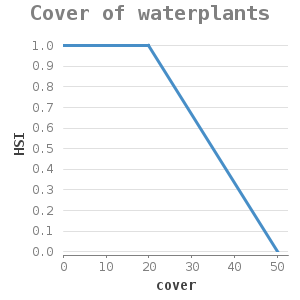
cover |
HSI |
|---|---|
0 |
1 |
20 |
1 |
50 |
0 |
Reference: #3
Uncertainty and validation
These dose-effect relations have not been validated.
Area of application
Fresh and brackish water such as the Delta en IJsselmeer area.
References
1 http://www.soortenbank.nl/
2 http://www.synbiosys.alterra.nl/natura2000/
3 Duel, H. en Specken, B.. Habitatmodellen Kuifeend: modellen voor het bepalen van de kwaliteit van water- en moerasgebieden als broedhabitat en overwinteringsgebied voor de Kuifeend (Aythya fuligula). TNO-BSA Werkdocument. 1995

